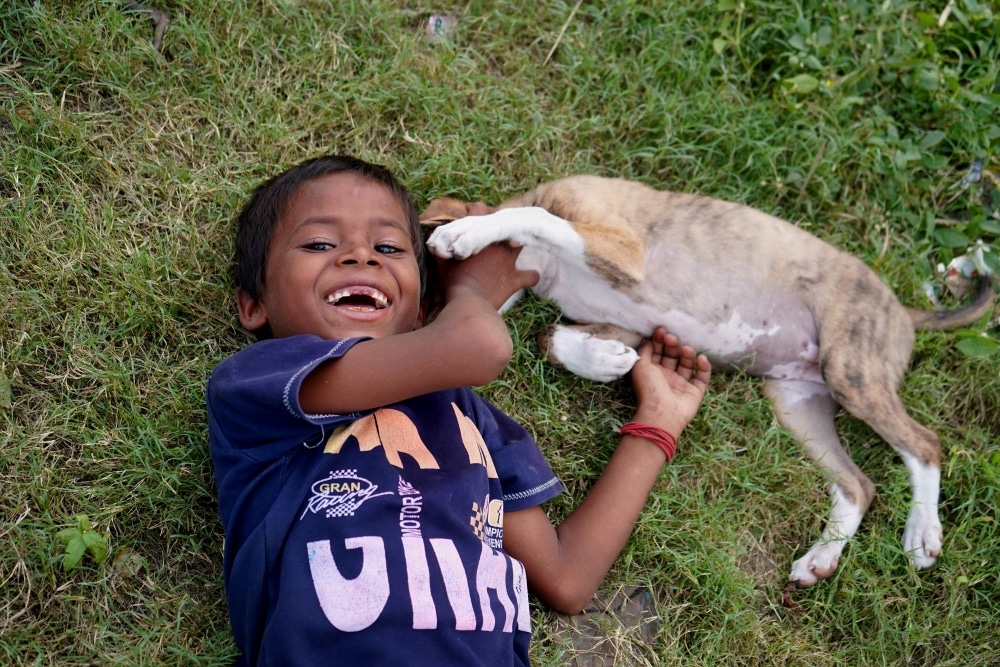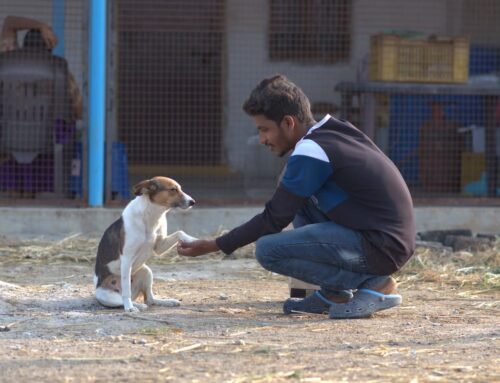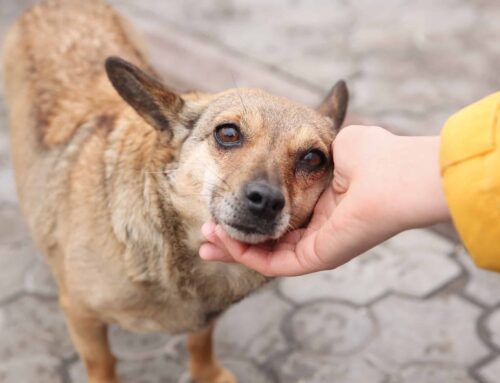How to Educate Children About Animal Welfare
In the journey of molding compassionate and responsible citizens of tomorrow, instilling a sense of respect and care for all living beings is crucial. One significant area of focus is animal welfare education. Understanding the essence of animal welfare and imparting this knowledge to children is a step toward a more humane society.
What Is Animal Welfare?
Animal welfare refers to the well-being of animals, encompassing their physical health, psychological state, and the fulfillment of their natural and essential needs. It’s our responsibility as humans to ensure animals are treated with respect, care, and consideration. Learn more about the consequences of animal abuse to understand the importance of animal welfare.
Why Is Animal Welfare Important?
One of the primary reasons that animal welfare is important is that it reflects a society’s moral compass. How we treat animals can be indicative of how we treat one another. When animals are respected and treated compassionately, it is a sign of a healthy society. Teaching children about animal welfare cultivates empathy, responsibility, and a broader understanding of the interconnectedness of life.
Methods to Educate Children About Animal Welfare
Children are inherently curious and empathetic, making them receptive learners when it comes to animal welfare. Here are some effective methods to educate them:
Books and Media
- Children’s Books About Animal Welfare:
- “Charlotte’s Web” by E.B. White
- “The One and Only Ivan” by Katherine Applegate
- “We Planted a Tree” by Diane Muldrow
- “Rescue & Jessica: A Life-Changing Friendship” by Jessica Kensky
- “Don’t Let Them Disappear: 12 Endangered Species Across the Globe” by Chelsea Clinton
Books like these not only entertain but also impart crucial lessons about kindness, empathy, and the importance of caring for animals.
-
Movies:
-
-
- “Babe” (1995): This film about a pig who wants to be a sheepdog teaches about understanding and compassion toward animals.
- “Finding Nemo” (2003): Through the adventurous journey of marine animals, this film sheds light on the importance of freedom and natural habitat for animals.
- “FernGully: The Last Rainforest” (1992): It educates about the impact of deforestation on wildlife.
-
-
Documentaries:
-
-
- “Blackfish” (2013): Generally only suitable for older kids, it discusses the ethics of keeping orcas in captivity.
- “The Champions” (2015): Also not suited for young children, this documentary tells the story of the pit bulls rescued from the brutal dog fighting ring of former Atlanta Falcons quarterback Michael Vick, and those who risked it all to save them.
-
-
TV Shows:
-
- “Wild Kratts”: This animated series educates children on animal behavior, habitats, and the importance of wildlife conservation.
- “The Octonauts”: Through underwater adventures, it teaches young viewers about sea creatures and the importance of teamwork and respect for all living beings.
By including a mix of books, movies, documentaries, and TV shows in a child’s learning journey, parents and educators can create a more engaging and holistic animal welfare education experience.
-
Hands-On Experience:
-
-
- Volunteering: Engaging in volunteer work at local animal shelters or rescue centers provides hands-on experience in caring for animals. Learn more about ways to help stray animals.
- Visiting Ethical Animal Sanctuaries: Educational trips to ethical animal sanctuaries can provide real-world examples of proper animal care and conservation efforts.
- School Programs: Integrating animal welfare topics in school curriculum or organizing animal welfare workshops can also be highly beneficial.
-
-
Online Resources:
-
- Animal Welfare Websites: Websites dedicated to animal welfare often have resources and educational materials suitable for children. Explore topics like what animal abuse is and animal abuse laws to deepen the discussion.
- Interactive Learning Platforms: Online platforms with interactive learning materials can make animal welfare education engaging and fun for children.
Animal Welfare and Cultural Norms
In certain countries, there are cultural norms that are generally accepted but are clearly against animal welfare. In India, there are many norms where parents and the entire community encourage little kids to commit abuse and even cruelty, teaching kids to think that the behavior is completely okay. For example, parents often take kids to roadside zoos, animal rides, cruel monkey charming and snake charming shows, and circuses, which makes children think that what they are doing is not cruel.
Because the community is involved in this, kids have no idea about the abuse that they are committing and taking part in. Teaching children about animal welfare from an early age and helping to push back on cultural norms can create meaningful change for animals moving forward.
Teaching children about animal welfare is not just about creating a safe environment for animals but also about nurturing compassionate individuals. Through a blend of reading, watching, doing, and discussing, children can develop a well-rounded understanding of animal welfare and its importance in our society.
At Stray Animal Foundation of India (SAFI), we are focused on helping stray animals in India receive the care and support they need. We work tirelessly to restore compassion to India’s relationship with its stray animals and ease the strain on the country’s overburdened shelter network. We do this in many different ways, including providing funding, shelter infrastructure, organizational support, vet care, supplies, guidance, resources, education, manpower, and more.
We rely on charitable contributions to continue the crucial work that we do, and 100% of contributions are deployed in the field. These donations directly affect the number of strays we are able to rescue, treat, and shelter. You can help us make a difference in the lives of India’s animals by donating to our cause today!











Leave A Comment